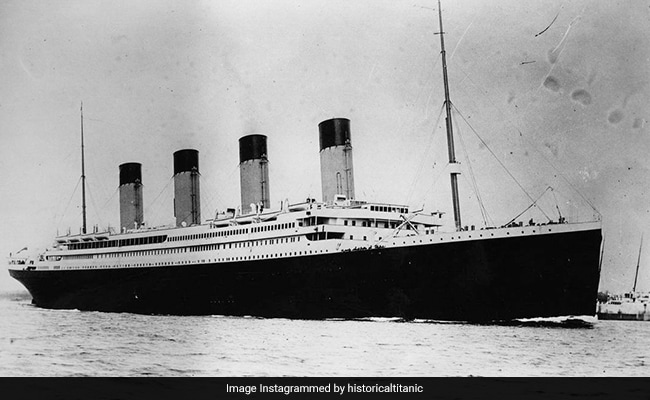
On April 15, 1912, the RMS Titanic sunk in the North Atlantic Ocean.
The US government is decisively intervening to prevent the planned expedition to recover artefacts from the Titanic wreck next year, referring to a federal law and an international pact that recognise the shipwreck as a revered burial site.
The expedition is being organised by RMS Titanic Inc. (RMST), a company based in Georgia that holds the salvage rights to the most well-known shipwreck in the world. This company showcases artefacts that have been retrieved from the location resting at the depths of the North Atlantic, encompassing items ranging from silverware to a segment of the Titanic’s hull.
Also Read | Necklace Made From Megalodon Tooth Found In Titanic Wreckage, AI To Help Find Its Owner
According to The New York Times, the federal government is taking legal action to assert control over who can recover artefacts from the storied liner and, potentially, to block an expedition planned for next year. The move comes as the Titan submersible disaster of June 18 raised questions about who controls access to the ship’s remains, which lie more than two miles down on the North Atlantic seabed. The legal action is also notable because it pits the legislative and executive branches of government against the judicial branch.
Also Read | Titanic Survivor’s Letter Describing Near-Miss Before It Hit Iceberg Auctioned
The federal government is now seeking to become a party to the salvage case and block any expedition it deems objectionable. It claims the legal right to have the Secretary of Commerce and its maritime unit, the National Oceanic and Atmospheric Administration, or NOAA, approve or deny permission to RMS Titanic whenever “the company” seeks the court’s permission to conduct more artefact recoveries, reported the news outlet.
“This has been a long time coming,” Ole Varmer, a retired lawyer for NOAA who specialises in shipwreck conservation, told the NYT.
The federal government, he added, “has been forced to intervene as a party and ask the court to enforce these laws.”
In 1912, during its inaugural journey from Southampton to New York, the ship collided with an iceberg and subsequently sank, resulting in the tragic loss of over 1,500 lives among the 2,208 passengers and crew on board.
One of the primary concerns of the US government is the potential disruption of any human remains that could still be present.

